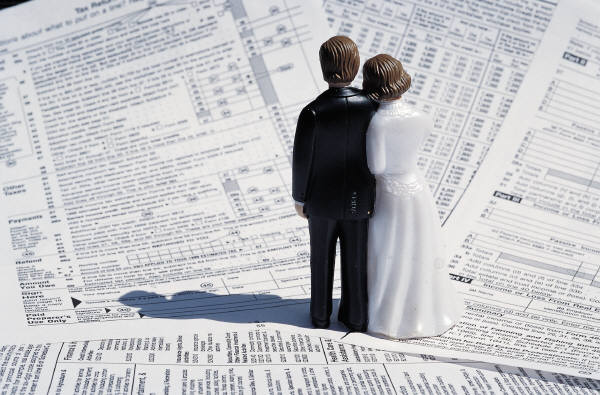 Regulated tenancies can come to an end when the protected occupants are found to primarily live "elsewhere" -- that is, in a place other than the rent-controlled or rent-stabilized unit.
Regulated tenancies can come to an end when the protected occupants are found to primarily live "elsewhere" -- that is, in a place other than the rent-controlled or rent-stabilized unit.
In order to establish where the tenant principally lives, a court will consider evidence which can include:
- the tenant's testimony;
- the testimony of building residents and employees;
- the address listed on public documents (such as voter's and driver's registration records);
- the address listed on other documents (like insurance policies, utility bills, bank and credit-card statements);
- actual utility usage;
- the address where social security and other government benefits are received;
- whether the tenant actually occupies the regulated unit for less than 183 days of the year (excluding temporary absences for military service, enrollment as a full-time student, employment requiring temporary relocation, or, hospitalization for medical treatment);
- whether or not the unit is subleased; and
- the address listed on the regulated tenant's New York State tax returns.
Since appellate decisions have indicated that no one element is singularly dispositive, a judge is free to give as much (or as little) weight to any one of more of these elements as may be deemed appropriate under the particular circumstances of each case.
In 310 E. 23rd LLC v. Colvin , although the tenant listed an Upstate New York address on her New York State tax returns, that fact did not conclusively establish that the tenant primarily lived at that location, since other evidence supported the tenant's contention that she only used that Upstate residence on "weekends, holidays and vacations."
It also didn't hurt the tenant's case that she continued to pay New York City income taxes.
Render unto Caesar ...?

For a copy of the Appellate Term's decision, please use this link: 310 E. 23rd LLC v. Colvin
